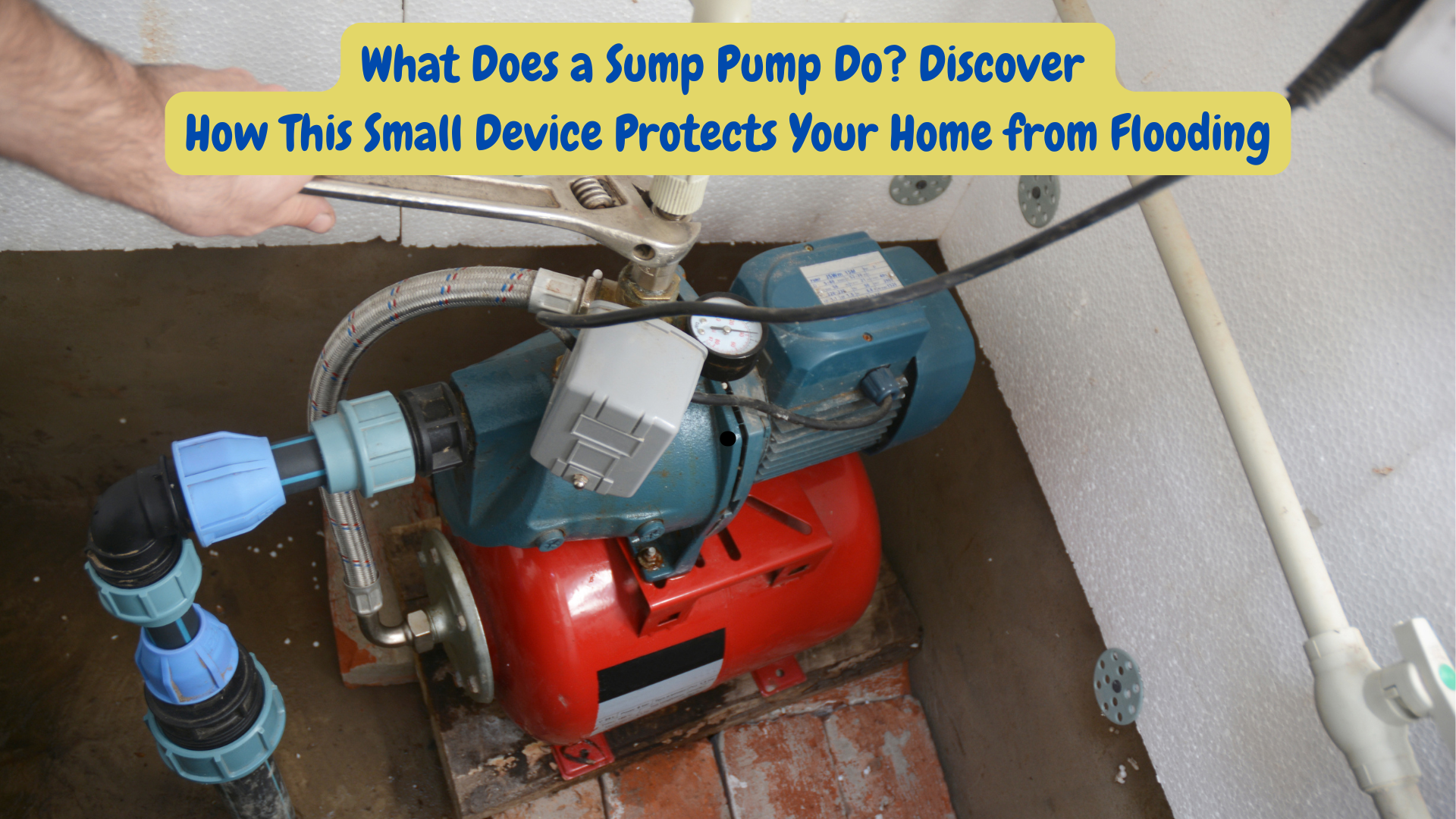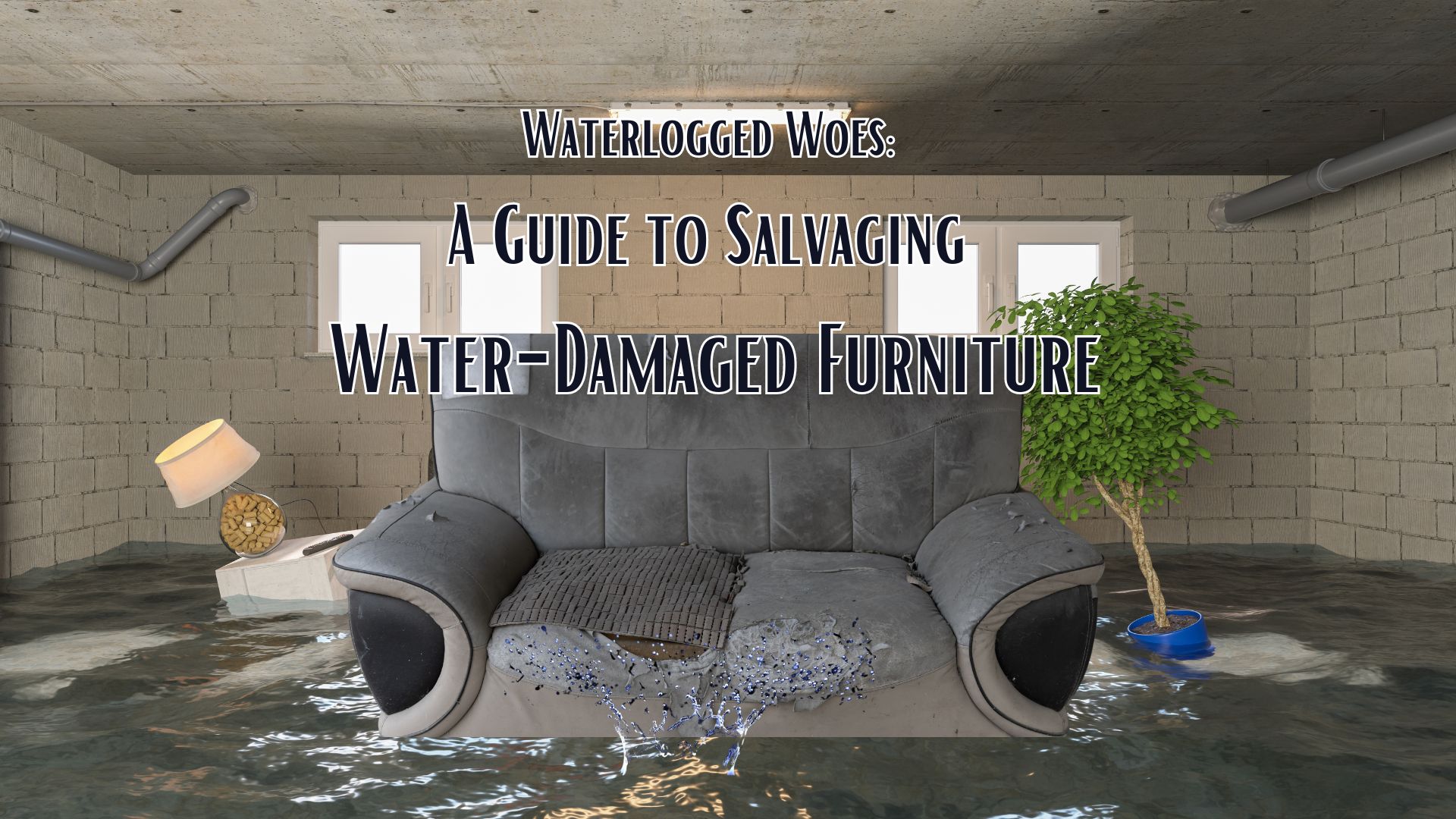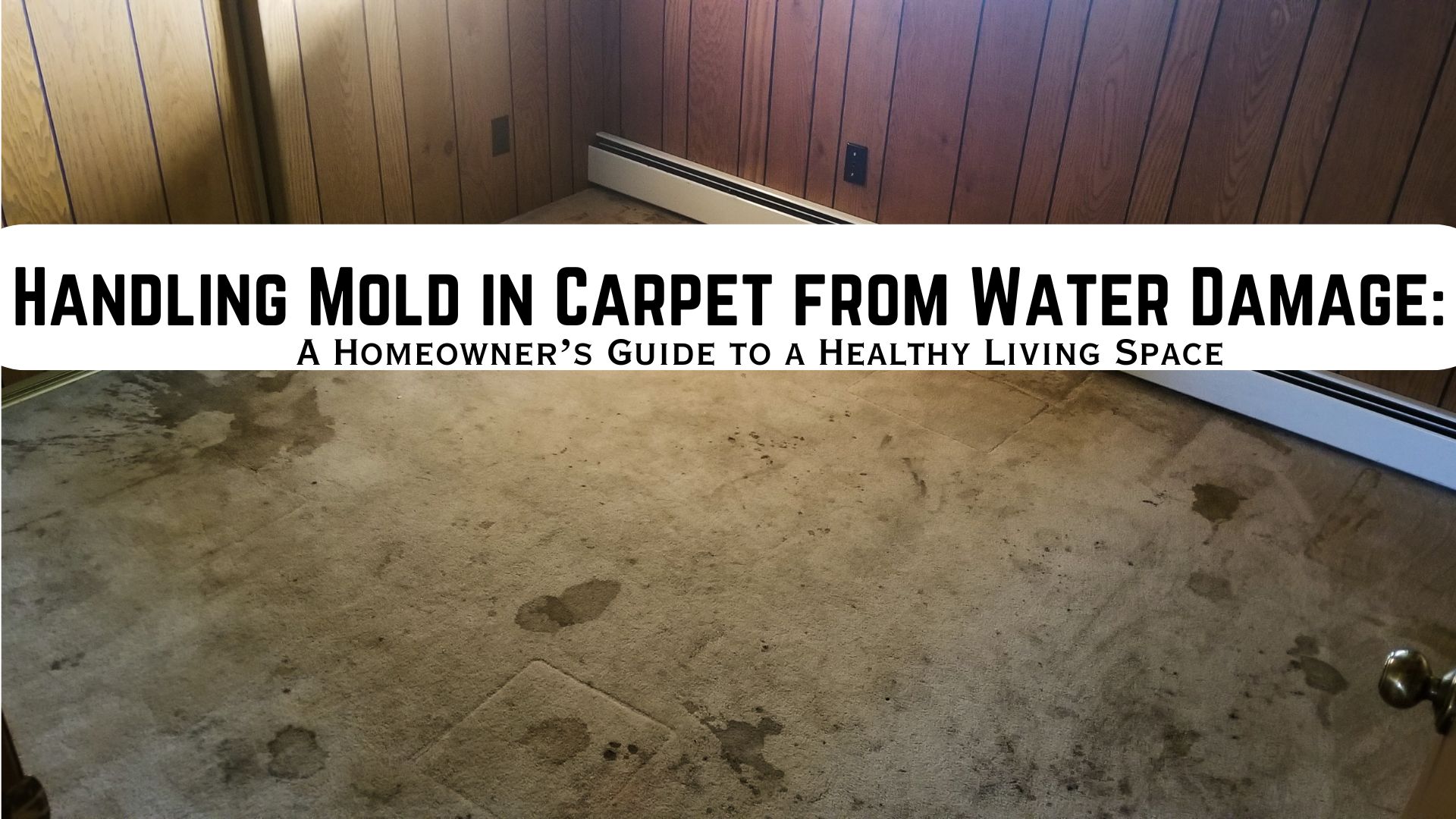All You Need To Know About Water Damage
Water damage in the home can be a major problem and is considered a disastrous occurrence. Different types of situations can cause it to happen, for example, a pipe burst or a flood in your area. These different scenarios can cause different amounts of water damage.
However, you must be able to determine if one situation is more severe than the other. The Institute of Inspection, Cleaning and Restoration Certification, more commonly known as IICRC, has set up guidelines to classify the liquid involved in damage and the level of destruction caused by water damage.
You must be familiar with these classifications to recognize the water damage in your home and act accordingly to restore the damage.
Categories of Liquid Involved
Category 1
Category 1 refers to liquid from a clean source such as tanks, tap water line etc. It will not cause illness but can quickly degrade into category 2.
Category 2
Category 2 refers to liquid that contains significant contamination and can cause illnesses or discomfort if ingested. Examples include dishwasher overflows, washing machine overflow or toilet overflow with urine.
Category 3
Category 3 liquid is also known as ‘black water’ and is grossly contaminated. Such water sources may carry pesticides, organic matter, regulated materials, heavy metals or toxic substances.
Classification of Water Damage
Class 1
Class 1 water damage is the least amount of water damage that can occur in your home. It only affects a small area and there is only little or no soft material absorption.
Class 2
Class 2 water damage involves a large amount of water with fast evaporation that affects an entire room, carpeting or cushioning. The water damages the wood grained materials in your home but the height of water remains below the 24 inch mark.
Class 3
Class 3 water damage refers to a situation when water has severely damaged the home. The damage could be due to overhead pipe burst. This can impact the safety of the people living in the home. If this scenario occurs, it is best to inform your insurance company since leaving it unattended can make the property unsalvageable.
Class 4
Class 4 water damage is labeled as specialty drying situations. This means that there has been enough liquid and time to saturate materials with very low porosity such as hardwood, brick, plaster, concrete and stone.
You must now understand that when you experience water damage, the longer you wait to begin dealing with the damage, the worse it can get. You should not allow the water to remain in your house as the risk of bio-hazard increases. In 2 to 3 days, category 1 can turn to category 2 and eventually even category 3 as bacteria begins to proliferate.
If you ever suffer from water damage don’t wait around and immediately call water damage restoration services. For the best water damage restoration services contact Superior Restoration as when it comes to the restoration process, nobody does it better than us.



